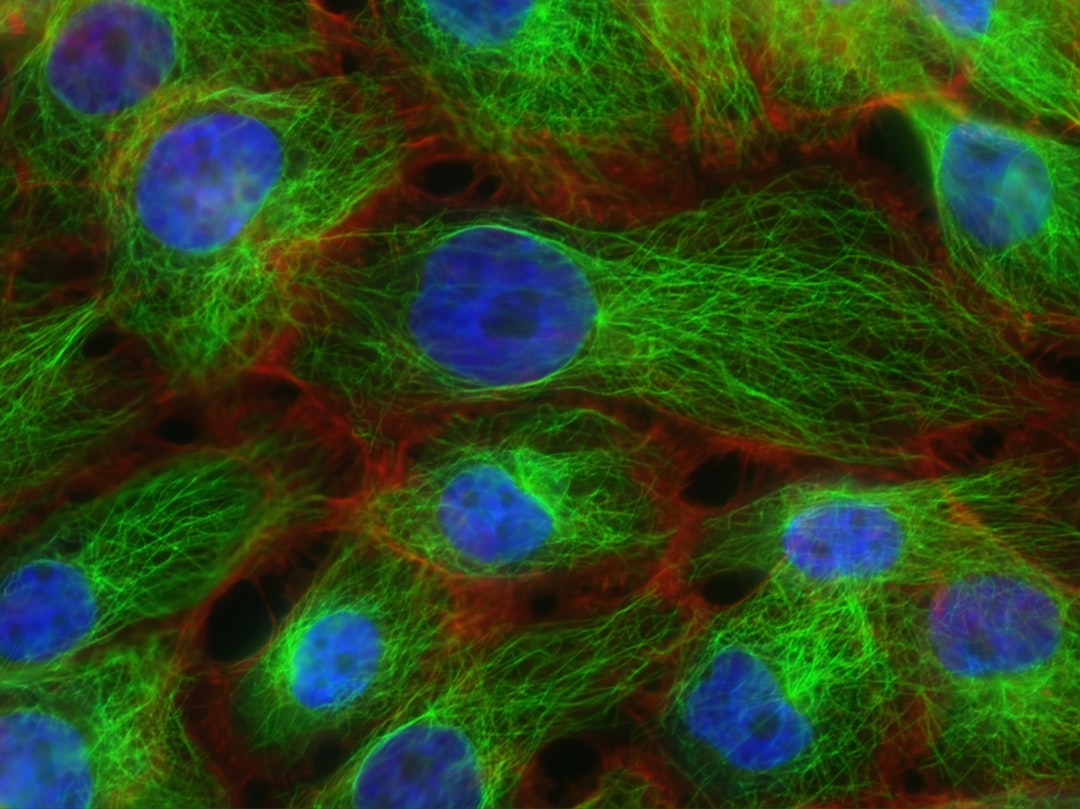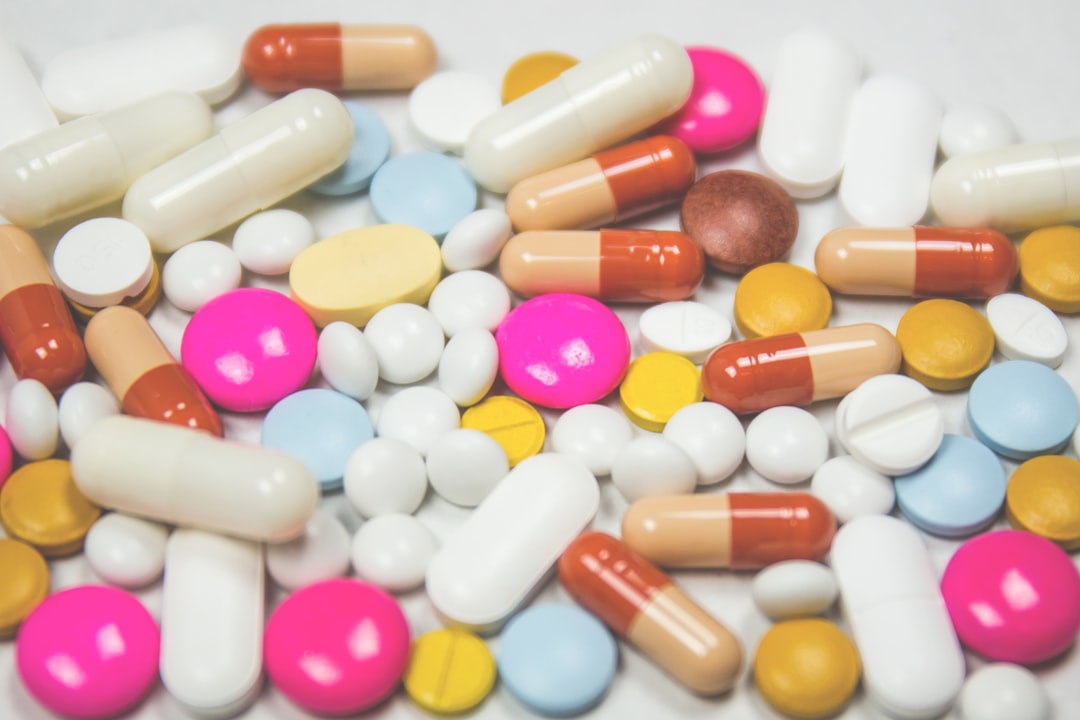What is it about?
We have developed a highly fluorescent dye that localizes strongly in liver cells and using several techniques shown that it is non-toxic and ideal for imaging of the liver. The compound emits in the red region of the visible spectrum making it perfect for whole-body imaging applications.
Featured Image

Photo by Riccardo Camino on Unsplash
Why is it important?
We have shown that our new super bright BODIPY dye is excellent at visualizing damaged liver cells in vivo, and it is better than a commercial one that is routinely used by researchers in medical diagnostics. We do not need to use albino mice to see a good fluorescence image of the liver and actually use full immune system mice.
Perspectives
The paper is joint work with researchers from the Medical School at Newcastle University and is part of our joint research project into liver disease diagnostics.
Professor Andrew Christopher Benniston
Newcastle University
Read the Original
This page is a summary of: Enhanced In‐vivo Optical Imaging of the Inflammatory Response to Acute Liver Injury in C57Bl/6 Mice using a Highly Bright Near‐Infrared BODIPY Dye, ChemMedChem, March 2019, Wiley,
DOI: 10.1002/cmdc.201900181.
You can read the full text:
Contributors
The following have contributed to this page










